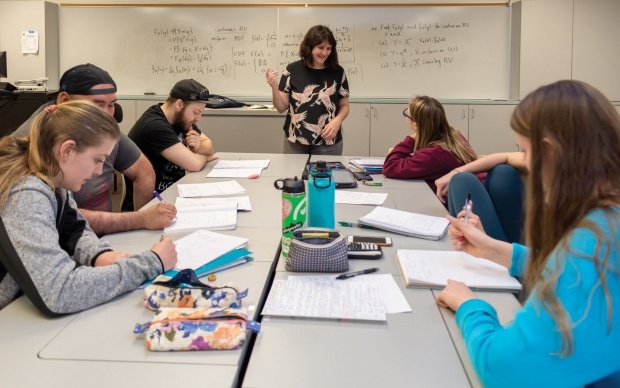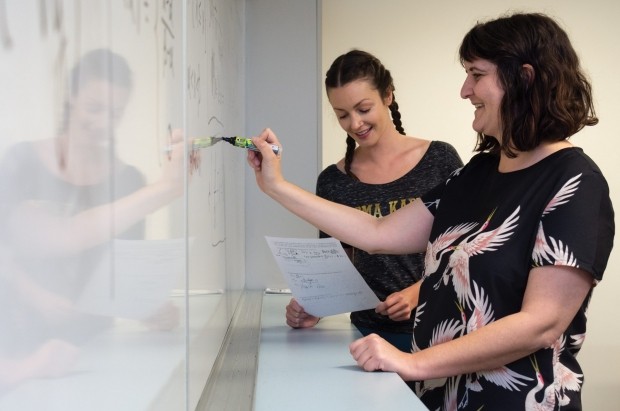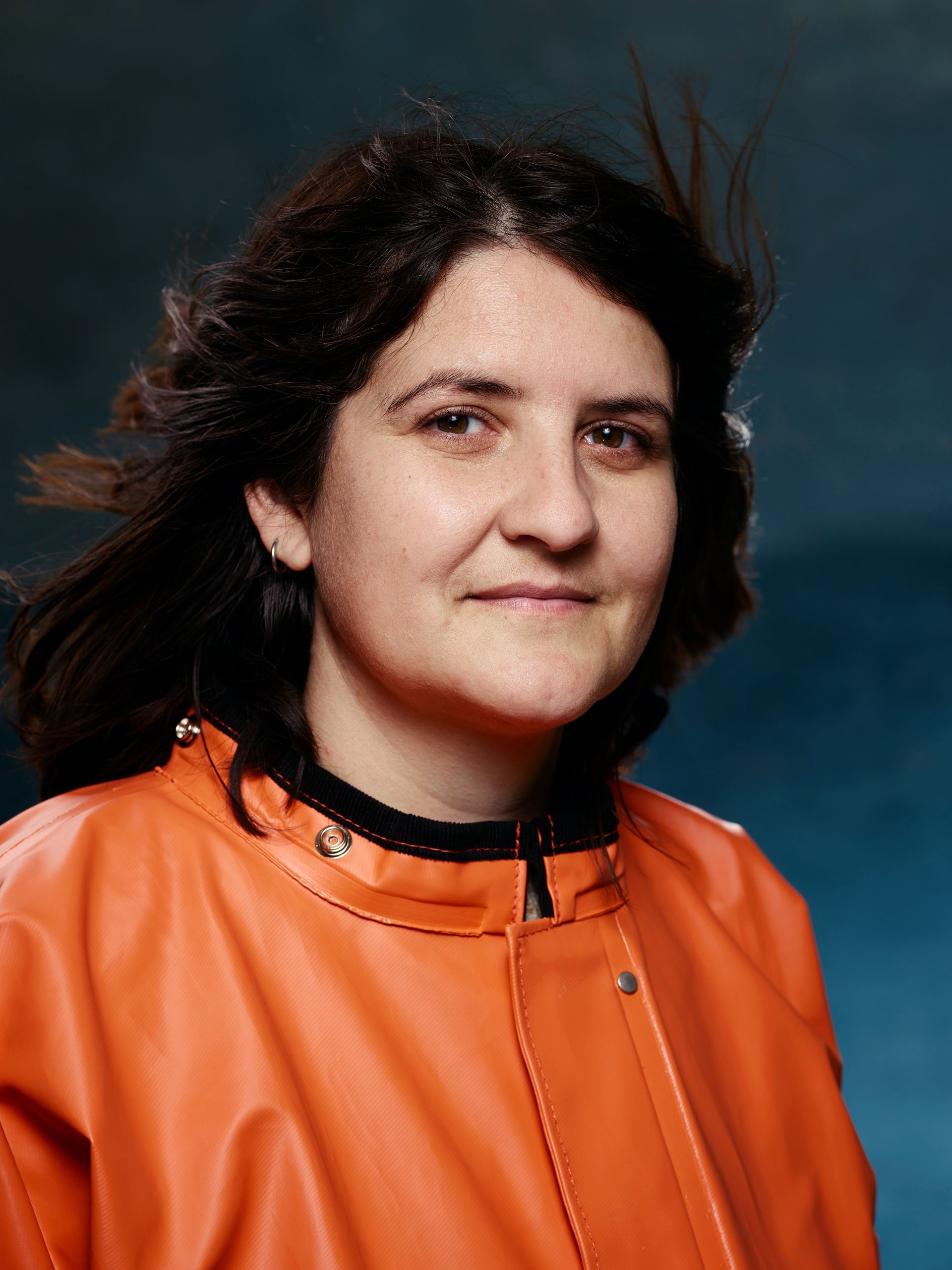Few mathematicians would sign up for three weeks at sea sorting through fish entrails in frigid temperatures. But Emily Cilli-Turner has an adventurous spirit.
Last summer, the University of La Verne assistant professor of mathematics participated in the National Oceanic and Atmospheric Administration (NOAA) Teacher at Sea program. This once-in-a-lifetime adventure placed her aboard a ship trawling the Eastern Bering Sea to study the well-being of a common Alaskan fish.
Cilli-Turner was one of three dozen educators selected for the Teacher at Sea 2018 Field Season, which places teachers alongside NOAA scientists to do hands-on research and use that experience to enrich STEM classrooms.
“I was able to collect real-world data that I can share with my students and that they can analyze for an authentic experience,” she said.
Though Cilli-Turner expressed no preference in her application for a specific assignment, she admits to secretly hoping for Alaska. Her wish came true.
She spent three weeks in the Eastern Bering Sea aboard the research vessel, Oscar Dyson, conducting a population survey of walleye pollock. The waters are home to some of the largest concentrations of the fish, and NOAA closely monitors their numbers to make sure they remain at sustainable levels.
Cilli-Turner’s voyage began in the Aleutian Island fishing port of Dutch Harbor, surrounded by green mountains rising sharply from the sea. Her 12-hour shifts began at 4 a.m., often in the cold and dark. The sun rose at 7 a.m. and didn’t set until midnight, and daytime temperatures peaked at 49°F.

Beyond the occasional puffin or pod of killer whales, “there’s not a lot out there,” she said. “We were really close to Russian waters a couple of times.”
The crew caught pollock using large trawling nets.
Cilli-Turner and her research team gathered samples from the catch, carefully culling any non-pollock species. In the on-board lab, they dissected each pollock and recorded such data as length, weight, and sex. The otolith, or hearing bone, was removed to determine the specimen’s age.
The data helps NOAA determine the health of the pollock population and how fishing is affecting the species. Walleye pollock is a major biological component of the Bering Sea ecosystem—one of the world’s largest fisheries—and a significant source of food for humans.
“It’s a sustainability issue,” Cilli-Turner said. “We want to make sure they will be around for years to come.”
When not dissecting pollock, Cilli-Turner blogged about the voyage and chatted with scientists, crew, and NOAA Corps members, who managed and operated NOAA’s fleet of research vessels and aircraft. All have science degrees and are putting their academic training to practical use.
That insight is one of the most important Cilli-Turner brought back to University of La Verne, according to Gail Tang, associate professor of mathematics and chairwoman of the university’s mathematics program.
“Research shows that students are more engaged when the mathematics they learn is applied to real-world situations,” Tang said. “Research also shows that when we see others do something, it makes it easier for us to do.”
 A deep effect of Cilli-Turner’s participation is that students see her “take a risk to live in a way she never has before in order to make connections—in this case between mathematics and environmental science,” Tang said. It may lead to students exploring career options they didn’t know were available to them.
A deep effect of Cilli-Turner’s participation is that students see her “take a risk to live in a way she never has before in order to make connections—in this case between mathematics and environmental science,” Tang said. It may lead to students exploring career options they didn’t know were available to them.
Cilli-Turner has already folded the experience into her probability course. Using NOAA data collected during a prior year’s study and details from her own voyage, she developed a lesson plan in which students process and analyze the information.
In January, Cilli-Turner traveled to Baltimore to speak at the joint mathematics meetings of the American Mathematical Society and the Mathematical Association of America. Many in the audience were unaware of the Teacher at Sea program and expressed interest in applying.
Others had questions about how the data she collected could be used in class.
The experience at sea will allow Cilli-Turner to expose her students to inquiry-based instruction, a teaching method used to spark curiosity.
Her students will also see how empirical problems are often open-ended and may have multiple solutions, said Associate Professor Yousef Daneshbod, one of Cilli-Turner’s colleagues in the mathematics department.
“I am so glad that I was able to have this experience, and I hope I can use it to spread information about the role of mathematics and about potential careers at NOAA for mathematics students,” Cilli-Turner said.
